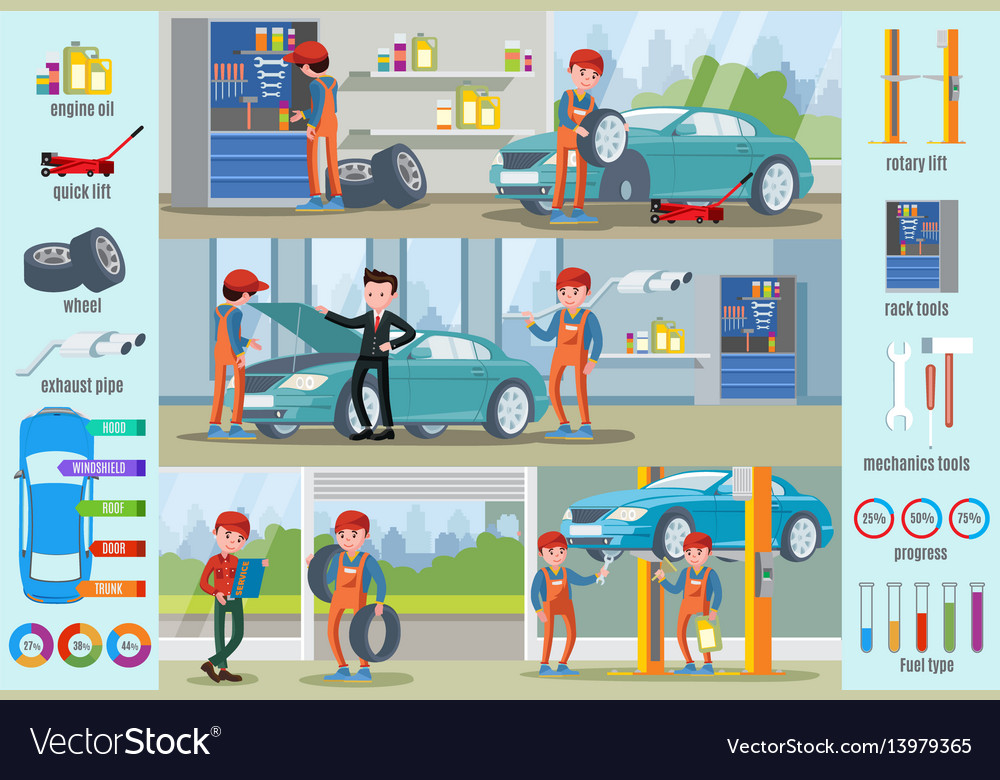Translating Your Automobile'S Alert Lighting: Their Real Effects
Translating Your Automobile'S Alert Lighting: Their Real Effects
Blog Article
Post By-Higgins Dalgaard
When you lag the wheel, those beautiful caution lights on your dashboard can be a little bit complicated. Do you know what they're attempting to inform you about your automobile's health? Understanding the value of these lights is important for your security and the longevity of your automobile. So, the next time among those lights turns up, wouldn't you want to understand its message precisely and take the needed actions to address it?
Common Caution Lights and Interpretations
Identify usual caution lights in your cars and truck and recognize their meanings to ensure safe driving.
One of the most typical caution lights include the check engine light, which signals concerns with the engine or discharges system. If this light comes on, it's critical to have your lorry examined without delay.
The oil pressure advising light shows low oil stress, calling for prompt focus to stop engine damage.
A blinking battery light could recommend a damaged billing system, potentially leaving you stranded otherwise resolved.
The tire pressure monitoring system (TPMS) light notifies you to reduced tire stress, influencing lorry stability and gas effectiveness. Neglecting this can lead to risky driving problems.
The abdominal muscle light suggests an issue with the anti-lock stopping system, jeopardizing your capability to quit promptly in emergencies.
Lastly, read on warning light warns of engine getting too hot, which can cause extreme damage otherwise settled promptly.
Comprehending these common warning lights will certainly help you address issues without delay and keep risk-free driving conditions.
Importance of Prompt Attention
Recognizing the common warning lights in your car is only the very first step; the value of without delay attending to these cautions can't be emphasized sufficient to guarantee your security when driving.
When a warning light brightens on your dashboard, it's your car's way of connecting a prospective problem that needs interest. Disregarding these cautions can cause extra extreme troubles later on, compromising your security and possibly costing you extra in repairs.
Prompt focus to alerting lights can avoid breakdowns and mishaps. As an example, a blinking check engine light can indicate a misfire that, if left unattended, could cause damage to the catalytic converter. Addressing this immediately can conserve you from a pricey repair work.
Likewise, a brake system cautioning light may indicate reduced brake liquid or used brake pads, vital components for your safety and security when driving.
Do It Yourself Troubleshooting Tips
If you notice a caution light on your control panel, there are a few DIY troubleshooting pointers you can attempt before seeking professional aid.
The first step is to consult your car's guidebook to comprehend what the specific caution light shows. In some cases the problem can be as simple as a loosened gas cap setting off the check engine light. Tightening up the gas cap may fix the trouble.
https://freeecutuningsoftware38405.webbuzzfeed.com/30467867/done-with-underwhelming-results-learn-exactly-how-to-avoid-usual-auto-describing-errors-and-uncover-the-keys-to-accomplishing-an-impeccable-coating is a low battery, which can trigger different warning lights. Checking boatwashnz for corrosion and ensuring they're protected could fix the problem.
If a caution light lingers, you can attempt resetting it by separating the vehicle's battery for a few minutes and afterwards reconnecting it. Furthermore, inspecting your vehicle's liquid degrees, such as oil, coolant, and brake fluid, can assist troubleshoot alerting lights related to these systems.
Final thought
In conclusion, recognizing your vehicle's warning lights is necessary for maintaining your car running smoothly and safely. By promptly resolving these alerts and understanding what they suggest, you can prevent expensive repairs and possible break downs.
Remember to consult your vehicle's guidebook for particular details on each cautioning light and do something about it as necessary to make sure a hassle-free driving experience.
https://brakesplus95172.spintheblog.com/30305232/normal-mistakes-in-auto-outlining-and-exactly-how-to-avoid-them informed, stay secure when driving!
